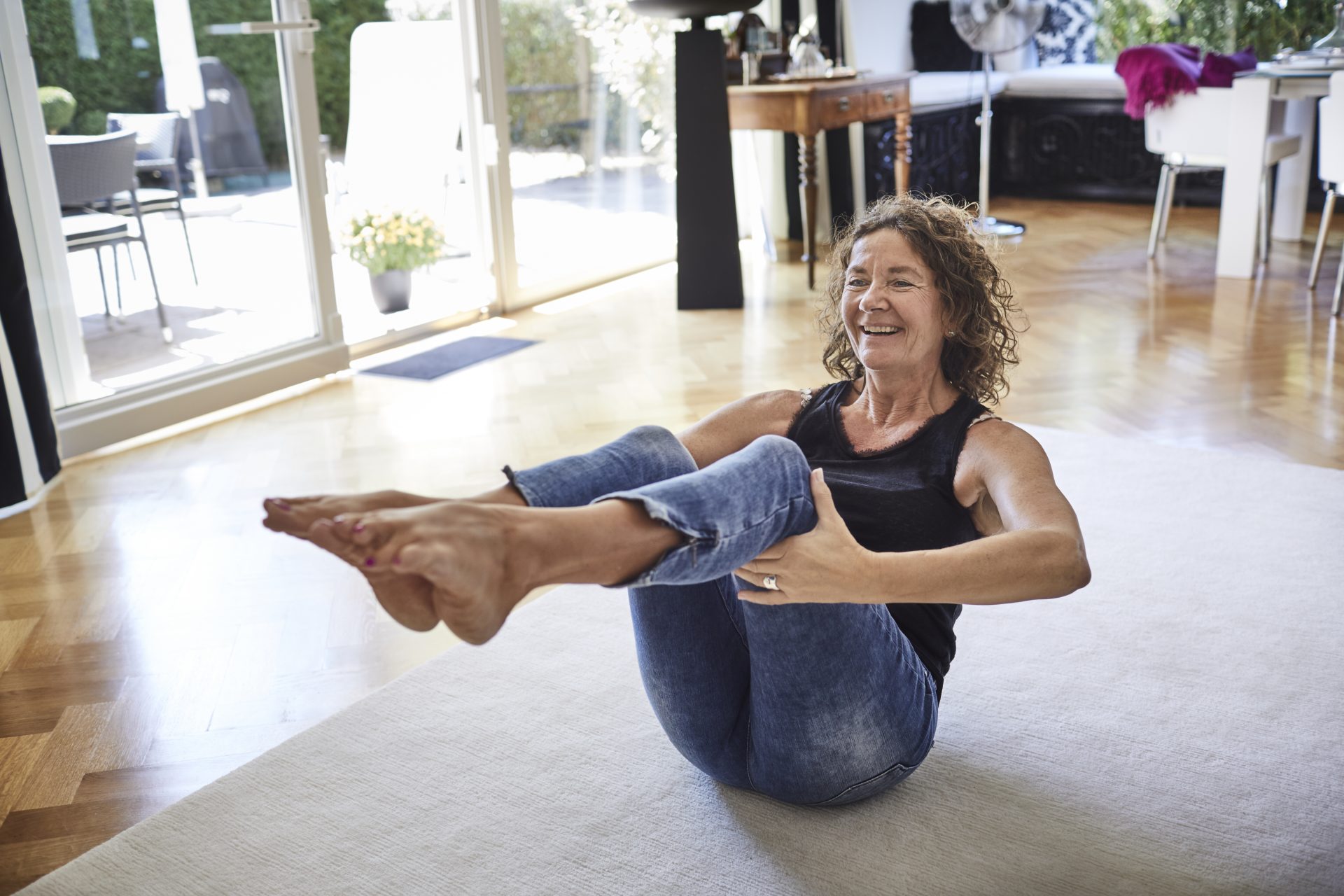We all know that it can take a while to fully recover from Covid – particularly when it comes to respiratory health. But what if pilates is the solution to breathing better following infection?
Pilates is great for so many things. Whether it’s helping us to balance better, sit up straighter, develop a stronger core for weight lifting or exhausting small muscles in preparation for long runs, pilates is one of the best all-round exercises you can do. And now scientists have discovered another string to the pilates bow: helping people to recover quicker after Covid.
A small new study, published in Sports Medicine, found that just eight weeks of pilates can lead to an improvement in respiratory health post-Covid infection. They split 45 people into three groups: pilates training, aqua-pilates training and a group who did nothing.
The study found that those who underwent pilates training had a 34% improvement in their pulmonary function. Those who did aqua-pilates had a lower rate of improvement but still fared better than the control group.
You may also like
Covid recovery: how long should you wait before returning to exercise after having Covid?
More research is clearly needed, but the results offer interesting insights into whether healthcare professionals should prescribe exercise for people who’ve had Covid.
It’s worth noting that the NHS guidelines encourage exercise to reverse the effects of illness, but for some individuals, especially those with long Covid, symptoms can become worse after activity. If you’re unsure about upping your activity levels, please discuss this with your GP.
We’ve been speaking with pilates instructors Eloise Skinner and Jo-Leigh Morris to find out more about the possible connection between pilates and respiratory health.

How does pilates affect the respiratory system?
Although pilates is probably most known for improving strength and posture, Morris explains that “it also encourages natural breathing patterns and can benefit the respiratory system by improving our posture to breathe properly, improving our lung volume and our circulation to deliver oxygenated blood more efficiently”.
“One of the main features of pilates is a breathing technique called ‘lateral breath’,” says Skinner. This involves directing the breath into the middle of the back/rib cage rather than high into the chest area or low into the abdomen.”
“Lateral breath encourages full use of the entire space within the rib cage. This pattern can help to create an expansive feeling, using all the space available in the body to breathe and allows for a fuller and deeper breath,” explains Skinner.
You may also like
15 tips for starting pilates: the ultimate beginners’ guide
Can you improve your respiratory health without cardio exercise?
Both Morris and Skinner agree that it is possible.
“Breathing exercises can make a huge difference. This includes breathing exercises such as rib stretching, abdominal breathing and pushing out. And pilates could also be counted as cardio as it includes a number of cardiovascular exercises,” says Morris.
Skinner explains that pilates, as well as weight training or simple breathing exercises are “great alternatives to cardio exercise that help to strengthen the muscles of your body and improve respiratory health”.
What are some other benefits of pilates?
“Pilates is a fantastic full-body practice, delivering benefits on and off the mat. In terms of fitness, pilates is great for core strength, flexibility, mobility, balance and alignment”, says Skinner. “It also helps with posture, and with releasing lower back tension (perfect after a long day at your desk!). It can also help to reduce stress and improve the mind-body connection – and it can be practiced in a class, at home, outside, or even if you’re travelling!”
Images: Getty
Source: Read Full Article





